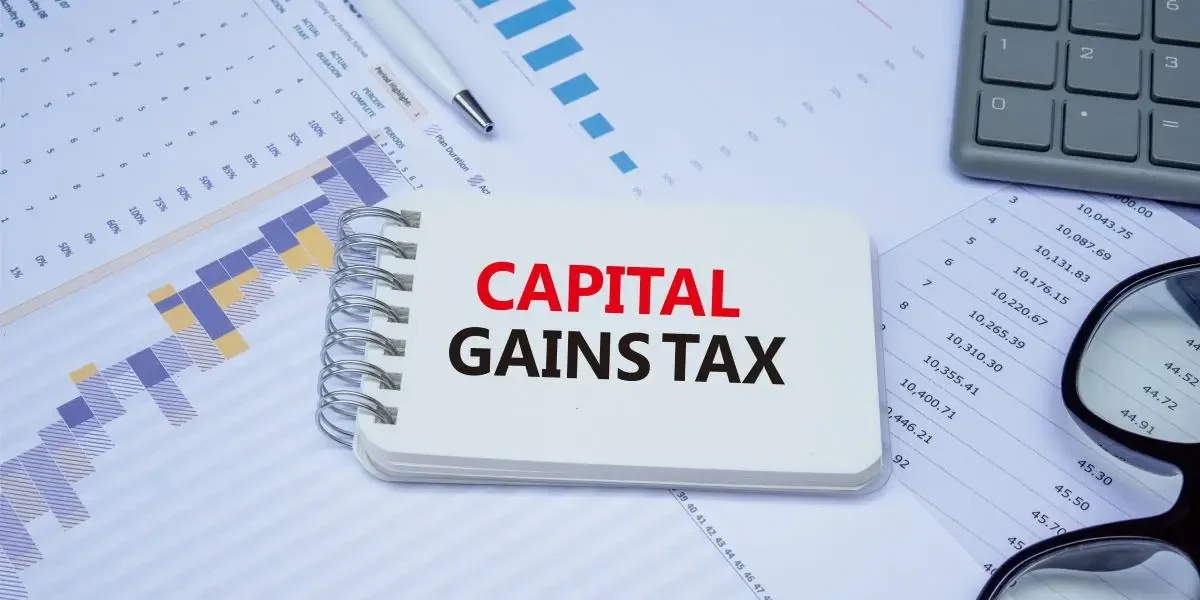Deferred Sale Proceeds in UK Capital Gains Tax

Deferred sale proceeds occur when part of the payment for an asset is received after the sale. This can happen through future payments or instalments.
For Capital Gains Tax (CGT), it is vital to handle these proceeds carefully. Deferred consideration can be either:
- ascertainable (fixed value) or
- unascertainable (unknown value)
HMRC allows interest-free instalments if payments stretch beyond 18 months. Accurate valuation, proper documentation, and effective capital gains tax planning are essential to managing these transactions.









